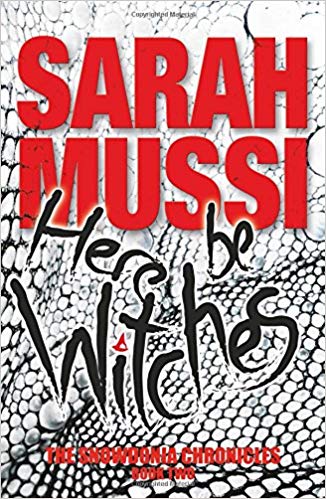
I think of plot as a journey, and very specific to the story I am setting out to tell. As for any successful journey, there are some basics I need to know, such as where I’ m going, and the route; above all I need to know why I’m going at all. If the plot, then, is the journey, the structure is the way I tell you about it.
How I tell you about my journey is key to engaging your interest, manipulating your emotions, helping you and my teen readers relive the fun and feel the despair. I believe every story is an emotional journey, and plot is therefore soul food, catharsis and relief from the seemingly random ravages of life.
When considering any journey, it’s a good idea to see who has made that journey before and whether they left a map. Luckily, since ancient Greek times, writers of story have charted many maps, among them the ubiquitous five-act structure of Shakespearean drama and Greek tragedy (six for comedy), which later inspired the three-act structure of modern storytelling and film. All share important features, but the key to delivering the story is in capturing causality. Without causality, the structure of the story starts to descend into happenstance, with random events taking over – a bit like in real life. One thing I have learned is: never let real life get in the way of a good story.
The key to causality lies in setting up a character-driven plot. The action can be driven by either the protagonist or the antagonist. The only difference is that in the former, a protagonists-driven narrative, the protagonists acts from his/her own desire to achieve a goal whereas in the latter, an antagonist-driven narrative, the protagonist reacts often in order to survive.
The narrative equation in either case I like to establish before embarking on my story journey is:
Character + goal (desire/survival) – obstacles + solutions = climax and catharsis
Therefore the key, in tying character and events together to form a balanced plot, is in character motivation. This drives the action and creates cause and effect.
So one key question I ask both my protagonist and my antagonist is: what is motivating you?
Sarah Mussi is an author and teacher. Sarah is the author of Bomb (listed in the Guardian's Best New Kids Books 2015 and shortlisted for the Hounslow Library Book Award) and Here Be Dragons, book one of The Snowdonia Chronicles. Sarah gives workshops in schools, festivals, and to writers' group. Her books for young adults include Breakdown, Riot (winner of the Lancashire Book of the Year Award 2015) and Siege (nominated for the CILIP Medal 2014) Her latest novel Room Empty was published by Rock the Boat.
Comments